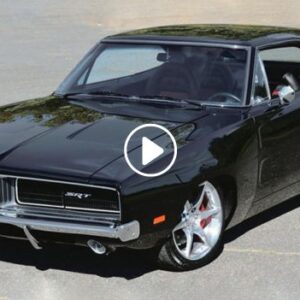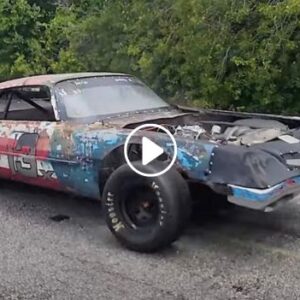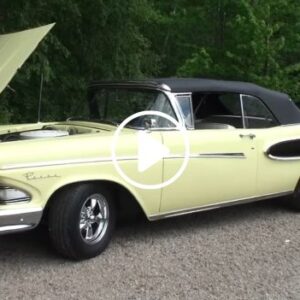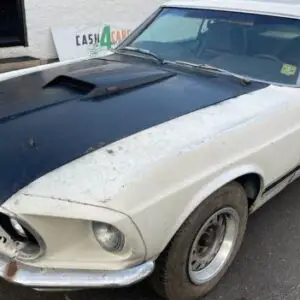In addition to the GT and the Shelby GT350 and GT500 models, the company also launched a pair of Boss variants. The Boss 302 debuted as an SCCA Trans-Am homologation special, while the Boss 429 was created to homologate a big-block V8 for NASCAR racing. Finally, 1969 also saw the arrival of the Mach 1.
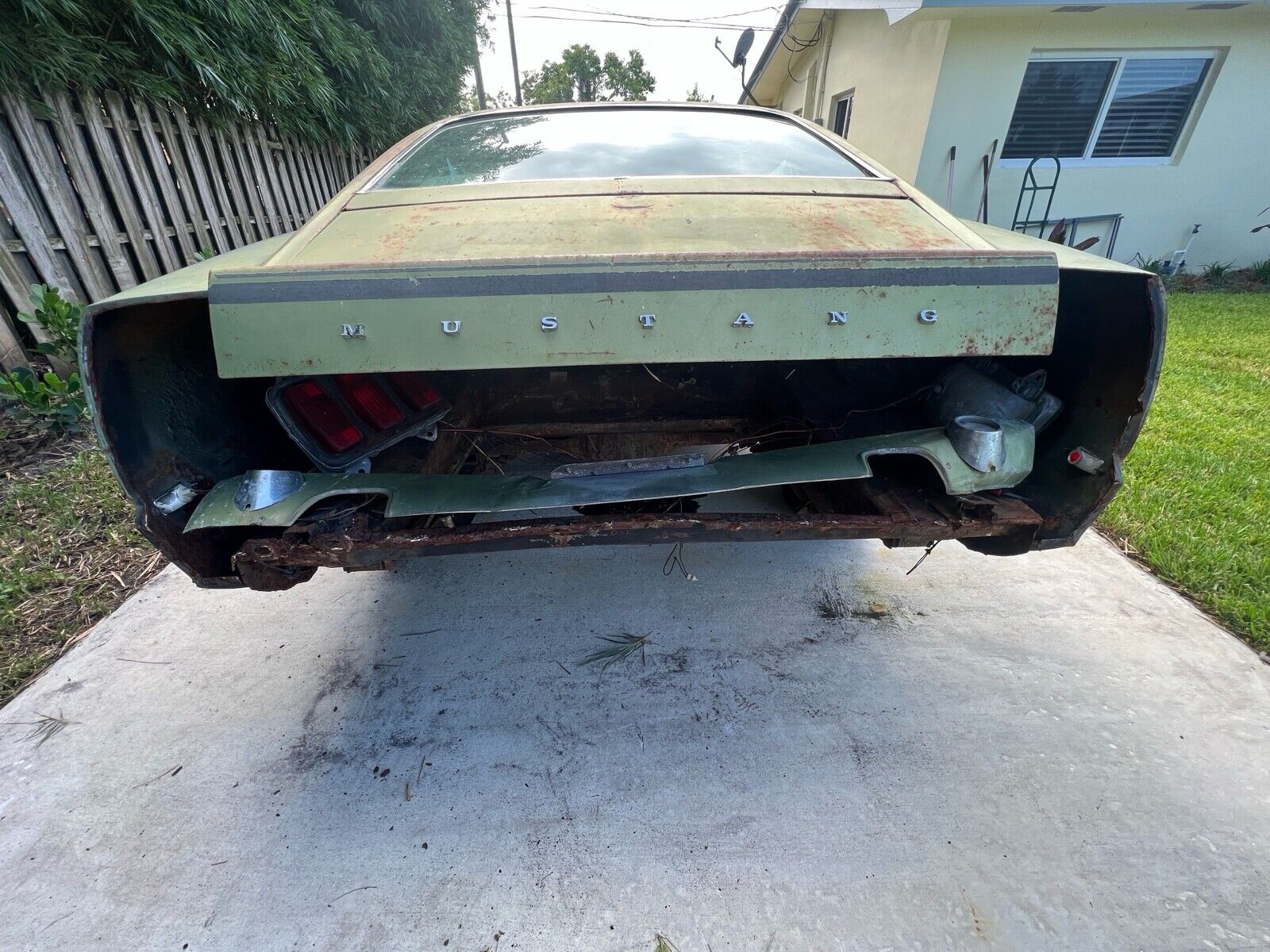
Unlike the Boss and Shelby cars, the Mach 1 was more of a visual package. Granted, the bundle also included suspension tweaks, but it didn’t come with a unique engine. In fact, the Mach 1 wasn’t even restricted to a single powerplant.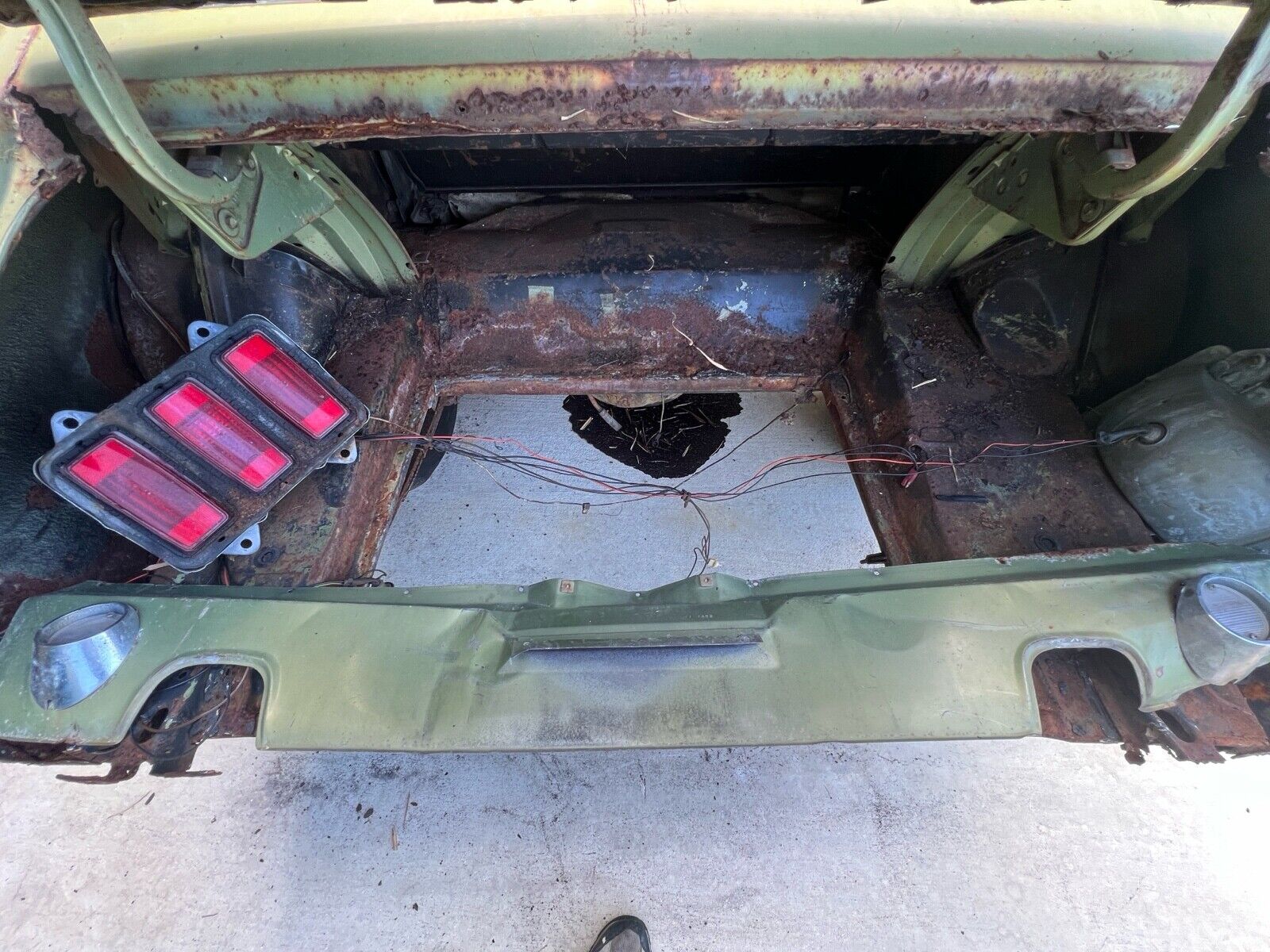
Customers had no fewer than four units to choose from in 1969. The two-barrel 351-cubic-inch (5.8-liter) Windsor was standard, while the four-barrel unit required a premium. These were rated 250 and 290 horsepower, respectively. Ford also offered a 390-cubic-inch (6.4-liter) FE lump good for 320 horses.
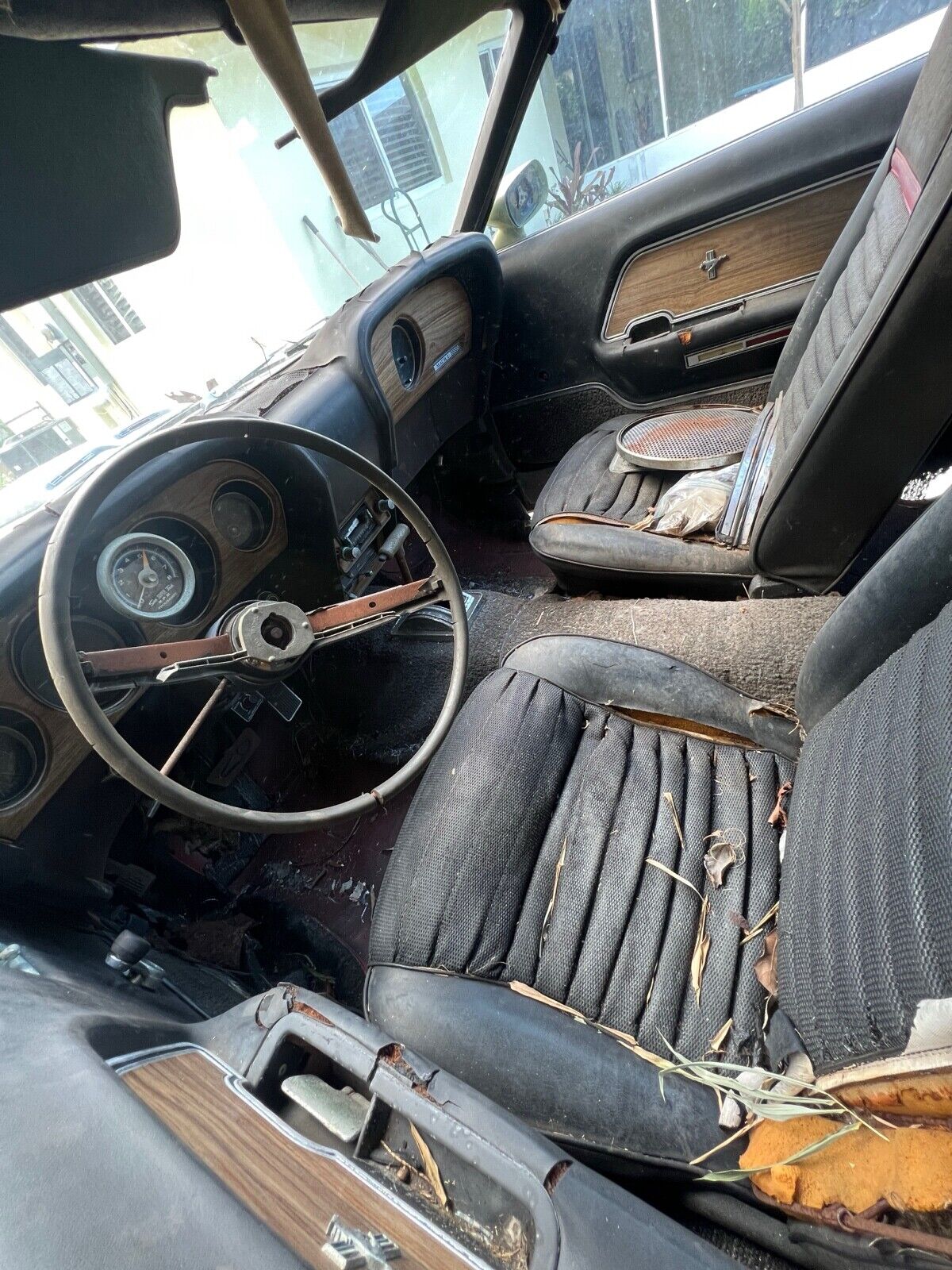
Finally, the options list also included the mighty 428-cubic-inch (7.0-liter) Cobra Jet. Rated at 335 horsepower, it was available in both Ram Air and Non-Ram layouts and with the Super Cobra Jet package. Some of these engines were replaced or discontinued as the Mach 1 soldiered on through 1973.

Naturally, the first-year Mach 1 is the most desirable iteration of the nameplate. However, the 1969 Mach 1 is anything but rare. Built in 72,458 units, the Mach 1 is actually the second most common 1969 Mustang after the regular hardtop. But even though it’s pretty common overall, all-original survivors are hard to come by.
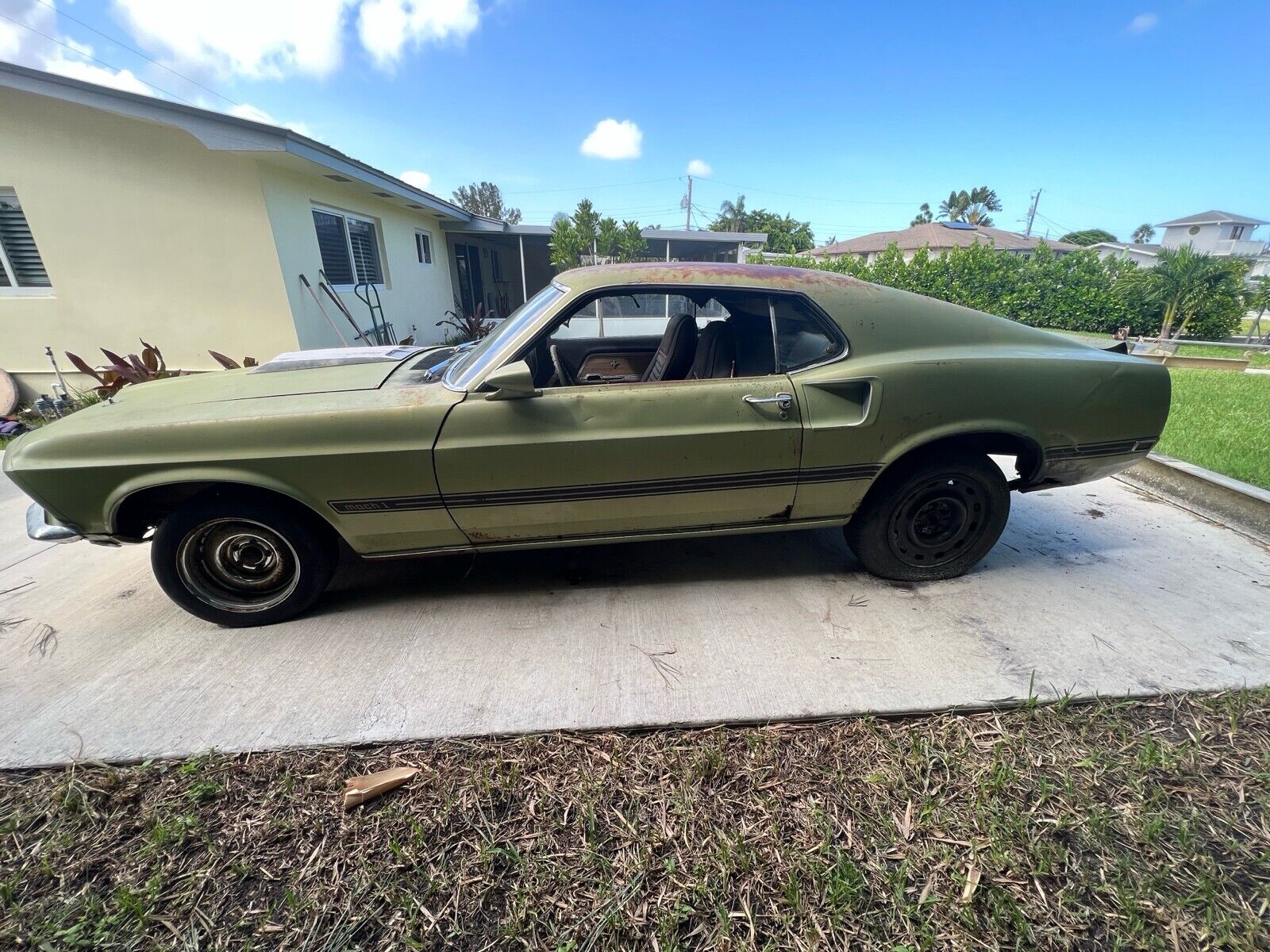
The light green example you see here is one of those ponies that spent a lot of time off the road. The seller doesn’t provide info on its past, but the fastback looks like it sat for at least 30 years. I’d say it was parked in a barn, given the low amount of rust, but it still needs a complete restoration to become road-worthy.
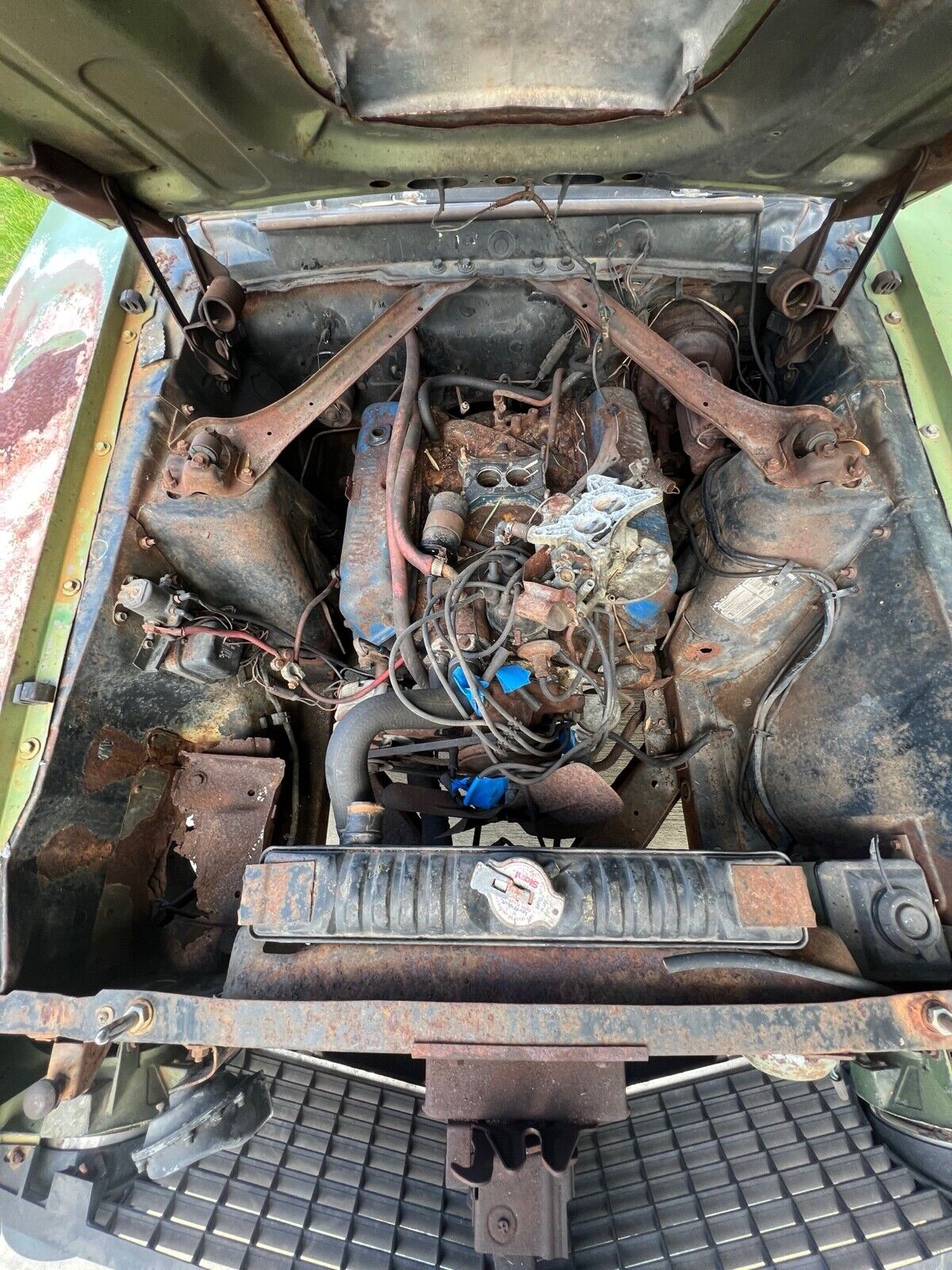
So what makes this Mach 1 special? Well, it’s still in decent shape for a classic that’s been neglected since the 1990s. On top of that, the numbers-matching V8 engine is still under the hood. Granted, it’s just the base two-barrel Windsor, but Mustangs with matching mills are becoming increasingly scarce nowadays.
And while it may not mean much to most enthusiasts, I love the light green paint still covering the weathered body. It’s called Lime Gold, and it’s among my favorite hues from the golden muscle car era. It’s not exactly common, either.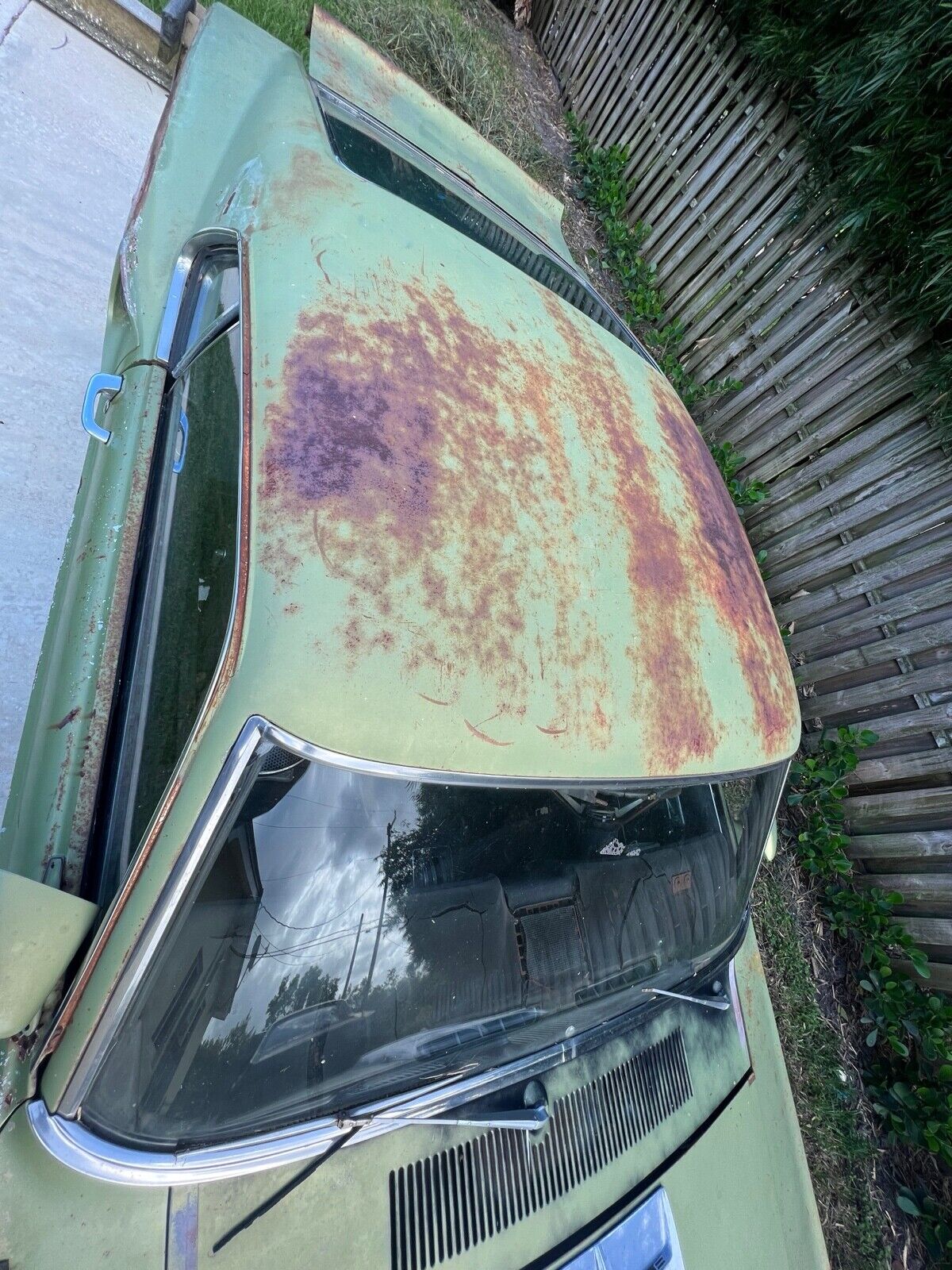
All told, it’s the kind of Mustang I’d like to see restored to factory specifications. If it’s something you’d consider, this pony is for sale in Palm City, Florida. The bidding is at $6,200 with the reserve still in place, but the seller is willing to bypass the auction for $16,500
